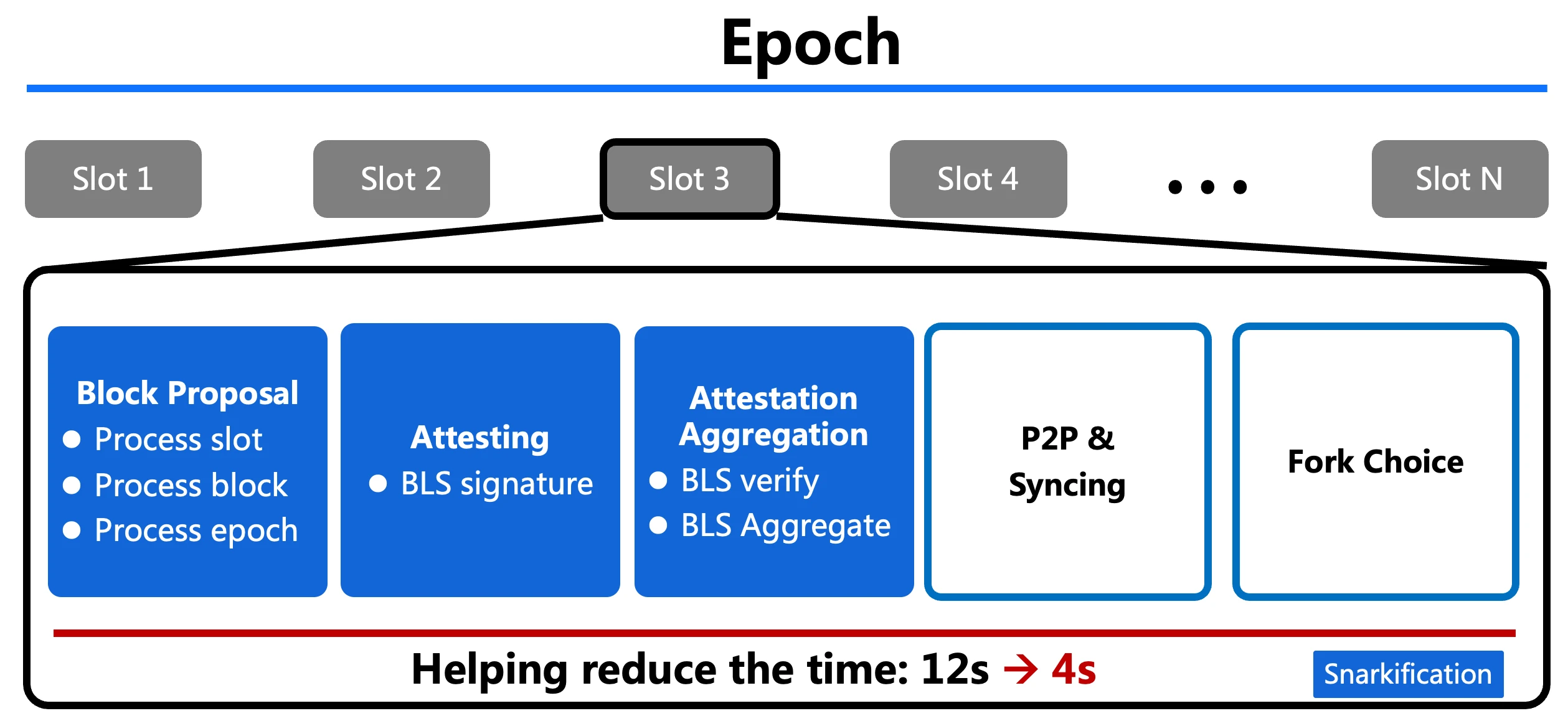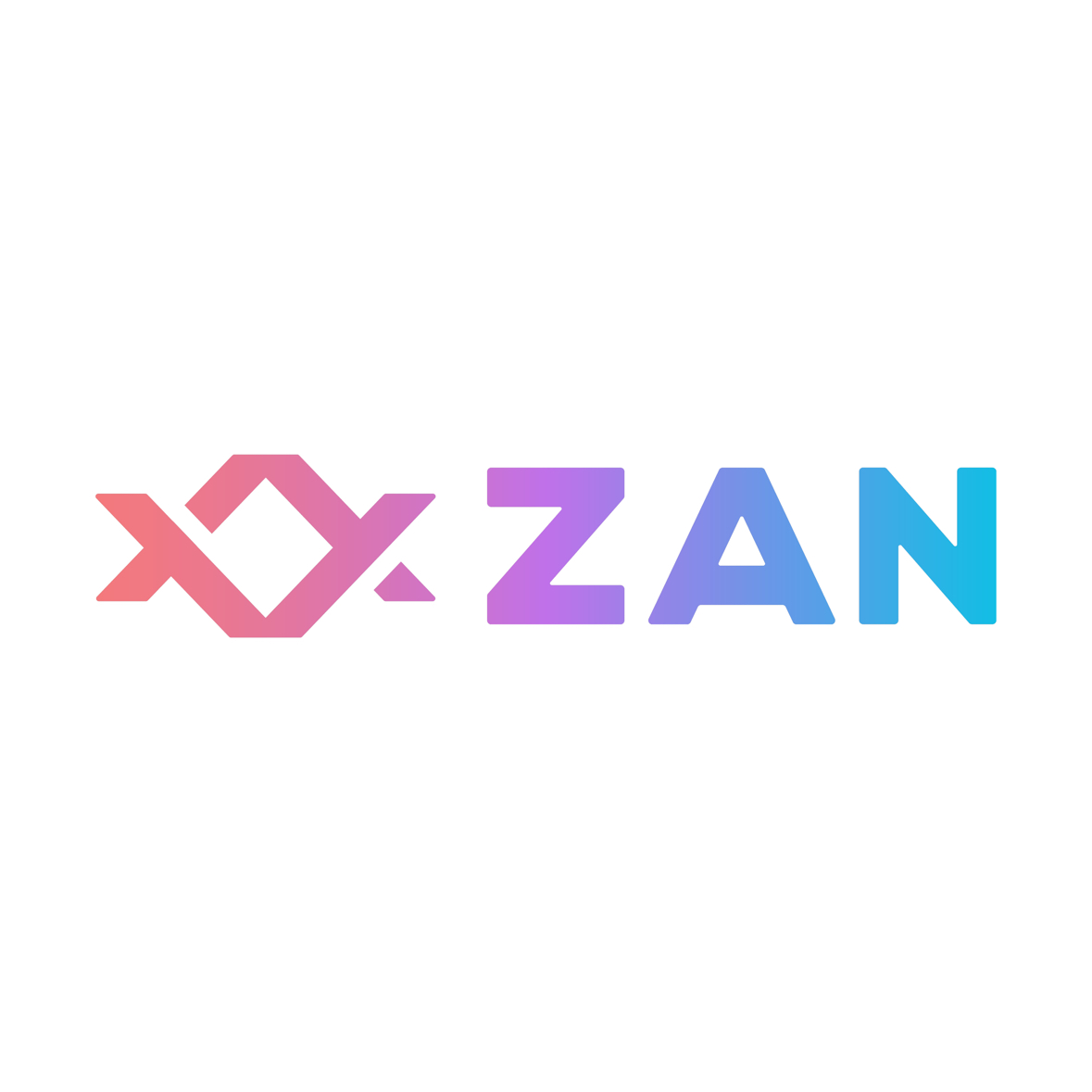Beam Chain: “Ethereum 3.0”
The 2024 Devcon conference, which just ended, was extremely lively. The Ethereum ecosystem gathered in Bangkok. During this period, Ethereum and related ecological projects released the latest progress and developments. A series of new ideas, new trends, and new plans ignited the global Web3.
Particularly impressive is the Ethereum 3.0 proposal plan released by Justin Drake, a researcher at the Ethereum Foundation.
He proposed a consensus layer upgrade proposal called Ethereum 3.0 by the community - Beam Chain [1]. Its core idea is to use zero-knowledge proof to reduce the computation and communication burden of validators, lower the threshold required to become a validator, and allow more validators to join the network to increase security, reduce computational redundancy, and improve the overall efficiency of the network. In addition, Justin also wants to take the opportunity of the Snark transformation of the consensus layer to solve the technical debt left in the Beacon chain due to the limitations of the times and prepare for future anti-quantum security needs.
In Vitaliks The Verge roadmap, SNARKification of Ethereum is one of the important tasks, which includes zero-knowledge proof transformation of the consensus layer and execution layer. In Vitaliks latest interpretation [2], Vitalik admitted that the transformation of the consensus layer is a challenge and needs to be continuously considered and optimized in subsequent work. The proposal of Beam Chain can be seen as Vitaliks response to how to SNARK the consensus layer.

Beam Chain only focuses on the consensus layer. But making the consensus layer Snark-ized does not mean that all parts need to be transformed. The core of the blockchain is the state transition function, so the transformation only needs to make the state transition function Snark-ized, which is exactly where ZK excels. For the consensus layer, the state transition function mainly consists of three parts, namely per-slot transition function, per-block transition function and per-epoch transition function. These three state transition functions include the execution of the consensus algorithm and staking logic, block proposals, verification of the correctness of the execution layer results, Merkle Tree Root verification, verification/aggregation of consensus signatures, calculation of hash functions, and staking and redemption operations involving account storage state access. To make the consensus layer Snark-ized, it is actually to make the above operations Snark-ized. It is worth noting that in the route of making the consensus layer Snark-ized, Ethereum still puts the goals of decentralization and diversity first, so it does not force the ZK algorithm and protocol, but it is up to the Proposer to choose.

Image source: https://www.youtube.com/watch?v=rGE_RDumZGgt=8257s
Core Difficulty: Realtime Proving
To realize the concept of Beam Chain, the core difficulty is to improve the proof efficiency, that is, how to compress the current proof time of dozens or even hundreds of seconds to seconds. At the ZK Workshop II [3] jointly held by AntChain OpenLabs, ZAN and Pharos on September 24 this year, guest Justin shared a report entitled Realtime Proving. At that time, the core ideas he put forward were consistent with the concept of Ethereum 3.0 and proposed a solution to solve the performance bottleneck. He encouraged the community to use ASIC acceleration methods to complete the entire process of zero-knowledge proof virtual machine from evidence generation to proof on the chip, and in the next few years, the proof generation time will be increased by more than ten times, which can truly realize Realtime Proving.

Boosting the performance and application of zero-knowledge proof technology: We are always on the road
AntChain OpenLabs has been committed to accelerating ZK proofs using hardware platforms such as GPU, FPGA, and ASIC. It has accelerated a variety of ZK systems including Polygon ZKEVM Prover, Stone Prover, Halo 2, and Plonky 2, and formed multiple FPGA IP and GPU acceleration solutions. Some core operators have achieved an acceleration ratio of more than 100 times.
The speedup ratios of some operators accelerated by AntChain OpenLabs based on CUDA relative to CPU are shown in Table (I).

( Table 1 )
The performance comparison between the GPU-accelerated MSM implemented by AntChain OpenLabs and the open source ICICLE (both are 409 0G PU) is shown in Table (II).

( Table 2 )
The performance comparison of the GPU-accelerated Circle FFT implemented by AntChain OpenLabs and the open source Stwo Prover on a 16-core CPU is shown in Table (III).

( Table 3 )
In addition, AntChain OpenLabs is also committed to exploring the application of zero-knowledge proofs. In the field of large-scale verifiable computing in the AI+ZK direction, it uses self-designed matrix multiplication Folding, GPU+CPU co-optimization of the Sumcheck protocol, and efficient implementation of elliptic curves. The first token generation time of zkLLM [4][5] (the original implementation does not include commitment and opening, and the performance is tested after adding commitment and opening, for the LLama-7 B model) is reduced from 4 hours to about 18 minutes on 4 GPUs.
AntChain OpenLabs continuously optimizes the performance and availability of large-model verifiable computing based on its accumulation in GPU, and continues to work hard on commitment scheme replacement and optimization, multi-instance folding, and multi-token proof generation. It aims to build an efficient, easy-to-use, AI-friendly verifiable computing service, explore possible directions for the large-scale application of zero-knowledge proof technology, and build a bridge between Web3 and AI applications.
At the same time, in the face of the threat of quantum computers, AntChain OpenLabs has also actively explored and transformed a post-quantum version of the cryptographic library based on OpenSSL [6] to support multiple NIST standard post-quantum algorithms. At the same time, in the face of the problem that the storage expansion of post-quantum signatures is more than 40 times that of ECDSA, through the consensus process and low-latency memory reading optimization, the TPS of the quantum-resistant blockchain can reach about 50% of the original chain.
It is worth noting that the above technical exploration has been applied in Power Zebra ( https://zan.top/home/power-zebra?chInfo=ch_WZ ), a software and hardware integrated acceleration solution launched by ZAN. This solution accelerates and optimizes operators commonly used in zero-knowledge proofs, including multi-scalar point multiplication MSM, number theory transformation NTT, H polynomial solution, polynomial opening proof and other key components, making full use of GPU computing resources, storage bandwidth and PCIe bandwidth, which significantly improves computing efficiency. Previously, after the zkWASM open source community Delphinus Lab introduced ZANs software and hardware integrated acceleration solution Power Zebra, the GPU computing performance increased by more than 20%, setting the highest record for similar services in the community.
Foresee
For a long time, the Ethereum community has focused on various optimizations of the execution layer, including improving BlockGasLimit, L2s and other strategies. Among them, the Snarkization of the execution layer has already completed most of the work with the help of L2 in the roadmap of Rollup Centric, and has achieved fruitful results. The idea of Beam Chain has opened the door to the Snarkization of the consensus layer. I believe that with the introduction of Beam Chain, it will guide and inspire the community to focus on the transformation of the consensus layer and bring more exciting ideas.
It can be expected that the Snarkization of the consensus layer and the execution layer will complete the final puzzle of Ethereum Snarkization together, making a huge contribution to the scalability and decentralization of Ethereum. At the same time, with the advancement of the Beam Chain proposal, virtual machines based on zero-knowledge proof technology will play a core role in the Ethereum ecosystem. By introducing SNARK proofs and post-quantum cryptography, combined with lower staking thresholds and faster block confirmation times, Beam Chain will bring stronger decentralization and higher performance to Ethereum.
References
[ 1 ] https://www.youtube.com/watch?v=rGE_RDumZGg
[2] https://vitalik.eth.limo/general/2024/10/23/futures4.html
[3] https://x.com/zan_team/status/1844947080642539752
[4] https://github.com/jvhs0706/zkllm-ccs2024
[5] https://arxiv.org/abs/2404.16109
[6] https://www.openssl.org/










